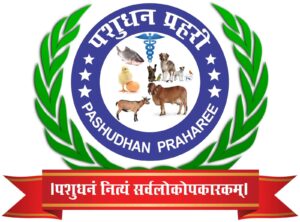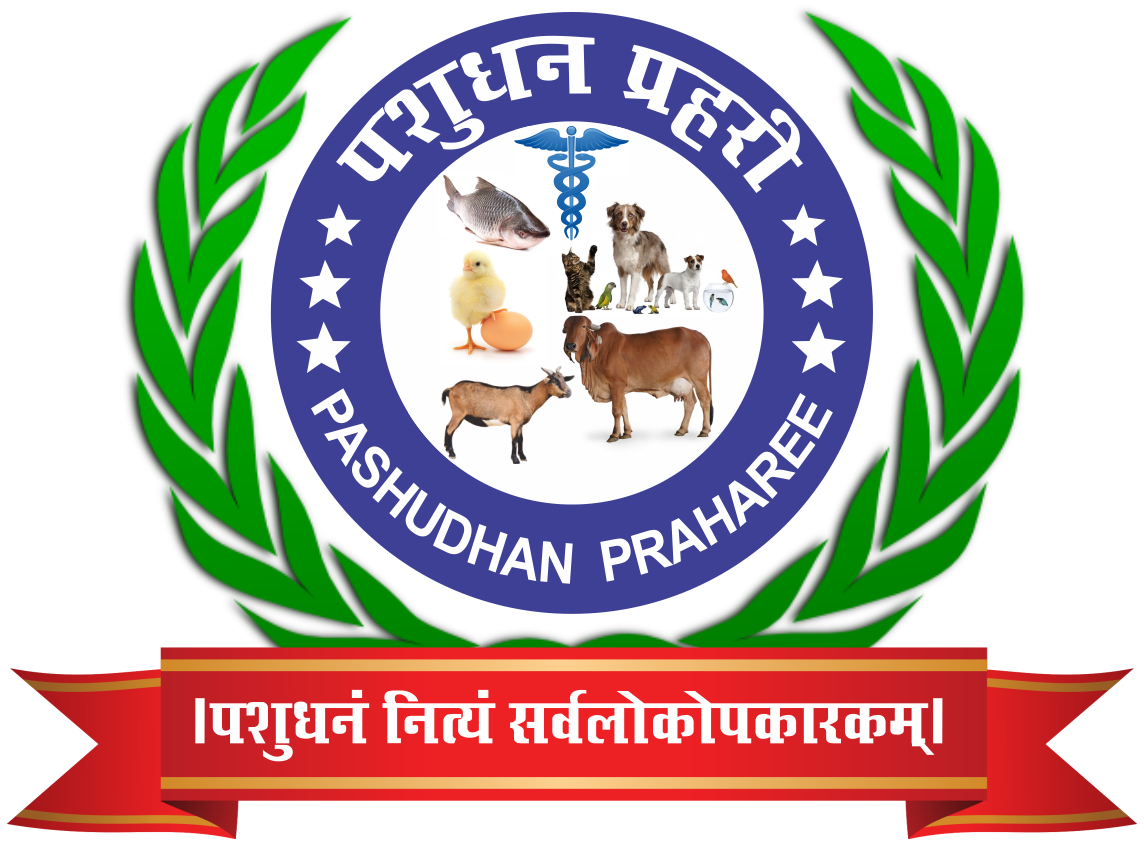Lyme Disease in India: An Emerging Threat Hidden in the Shadows
Kaveri Jambagi1*, Suhas K S2
1Assistant Professor, IVSAH, SOA- DU, Bhubhaneshwar, Odisha, 2Post Doctoral fellow, CIDR, Indian Institute of Science, Bangalore.
Introduction
Lyme disease, caused by the spirochete bacterium Borrelia burgdorferi, is primarily transmitted through the bite of infected Ixodes ticks. Predominantly observed in temperate regions of North America, Europe, and parts of Asia, Lyme disease has recently garnered attention in India. While historically considered rare in the Indian subcontinent, sporadic cases and emerging evidence suggest its potential public health significance. This article delves into the prevalence, zoonotic risks, and current situation of Lyme disease in India, drawing upon recent scientific findings.
Prevalence of Lyme Disease in India
The true prevalence of Lyme disease in India remains unclear due to limited surveillance and diagnostic challenges. However, several case reports and regional studies indicate its presence across diverse geographic locations:
- Haryana: A cluster of five Lyme disease cases was reported in Rohtak over three months, highlighting a potential emergence in a non-endemic region (Jairath et al.,2014).
- Himachal Pradesh: Cases involving monoarthritis and neuroretinitis were documented, emphasizing the disease’s varied clinical presentations (Patial et al.,1990).
- Kerala: In 2024, a 56-year-old male from Ernakulam was diagnosed with Lyme disease after presenting with fever, neck stiffness, and joint pain (Times of India, 2024, (https://timesofindia.indiatimes.com)).
- Northeast India: Seroprevalence studies reveal approximately 13% of the population in certain regions have antibodies against Borrelia burgdorferi, suggesting prior exposure (Praharaj et al.,2011)
Although cases remain sporadic, these findings underscore the need for enhanced surveillance and research to ascertain the disease’s actual burden in India.
Zoonotic Risks and Vector Dynamics
The transmission cycle of Lyme disease involves three key components: the Ixodes ticks (vectors), wildlife reservoirs, and incidental human hosts. The following points summarize the zoonotic risks associated with Lyme disease in India:
- Tick Presence:
– Ticks of the Ixodes species, particularly Ixodes ricinus, are primary vectors. In India, these ticks are primarily reported in the Himalayan region and other forested areas.
– Favorable habitats for these ticks include dense vegetation and high humidity zones, often overlapping with human settlements and agricultural zones.
- Wildlife Reservoirs:
– Rodents, deer, and birds act as reservoirs, maintaining the bacterium in nature. Human infection occurs incidentally when bitten by infected ticks.
– Ticks serve as vectors for a range of diseases, this calls for progress in vaccine development, recognizing immunization as a pivotal strategy against tick-borne diseases (Perumalsamy et al., 2024).
- Domestic Animals:
– Domestic animals such as dogs and cattle can also harbor Ixodes ticks, acting as bridge hosts between wildlife and humans. Reports from Gujarat documented tick infestations in cattle, raising concerns about spillover risks to humans (Brites- Neto et al., 2015).
- Emerging Risks:
– Urbanization and deforestation disrupt natural habitats, potentially increasing human-tick interactions.
– Climate change has extended the geographical range of ticks, possibly enhancing their survival and activity in previously unsuitable regions.
Clinical Manifestations and Diagnosis
Lyme disease is known for its multi-system involvement and diverse clinical presentations, making timely diagnosis challenging. The disease progresses in three stages:
- Early Localized Stage:
– The hallmark feature is erythema migrans, a bull’s-eye rash at the tick bite site.
– Accompanying symptoms include fever, fatigue, headache, and muscle aches.
- Early Disseminated Stage:
– If untreated, the infection spreads to other body parts, causing neurological manifestations (e.g., facial palsy, meningitis) and cardiac issues (e.g., heart block).
- Late Disseminated Stage:
– Chronic arthritis, particularly in large joints, and neurological complications, such as encephalopathy, are observed in advanced cases.
Diagnostic Challenges:
– Limited awareness among healthcare providers leads to underdiagnosis or misdiagnosis.
– Serological tests, such as enzyme immunoassay (EIA) followed by Western blot, are standard diagnostic methods but are not widely available in India.
– False-negative results are common in early-stage disease due to delayed antibody response.
Treatment Strategies
Timely treatment is critical to prevent complications:
- Antibiotics:
– Early-stage Lyme disease is treated with oral antibiotics like doxycycline, amoxicillin, or cefuroxime axetil for 10-21 days.
– Intravenous antibiotics, such as ceftriaxone, are reserved for severe cases with neurological or cardiac involvement.
- Supportive Care:
– Symptomatic management, including pain relief and physiotherapy, plays a vital role in recovery.
- Challenges in India:
– Accessibility to appropriate antibiotics and lack of standardized treatment guidelines impede effective management.
Current Situation and Awareness
Despite the documented cases, Lyme disease remains a relatively underrecognized condition in India. Several factors contribute to this:
- 1. Limited Awareness:
– Both the general public and healthcare professionals lack adequate knowledge about Lyme disease.
– Symptoms are often mistaken for more common illnesses such as viral fever, rheumatoid arthritis, or meningitis.
- Inadequate Surveillance:
– Absence of a national registry or systematic reporting mechanism leads to underestimation of disease prevalence.
- Diagnostic Gaps:
– Lack of point-of-care diagnostic tools hinders early detection, especially in rural and remote areas.
Preventive Measures
Prevention is the cornerstone of Lyme disease management. Strategies include:
- Personal Protection:
– Wear protective clothing, such as long-sleeved shirts and pants, when in tick-prone areas.
– Use insect repellents containing DEET or picaridin on skin and clothing.
– Conduct thorough tick checks after outdoor activities, removing ticks promptly with tweezers.
- Environmental Management:
– Maintain landscaped yards with short grass and clear leaf litter to reduce tick habitats.
– Encourage wildlife management to minimize the presence of reservoir hosts near human dwellings.
- Public Awareness Campaigns:
– Educational programs targeting high-risk groups, such as farmers, forest workers, and outdoor enthusiasts, are essential.
– Awareness drives can help recognize symptoms early and seek timely medical care.
Research and Future Directions
Advancing our understanding of Lyme disease in India requires coordinated efforts:
- Epidemiological Studies:
– Nationwide surveys to map disease prevalence and identify high-risk areas are critical.
- Vector Control:
– Research on effective tick control measures, including biological and chemical interventions, can mitigate transmission risks.
- Improved Diagnostics:
– Development of rapid, affordable, and accurate diagnostic tests tailored for Indian settings is crucial.
- Policy Initiatives:
– Integration of Lyme disease into national health programs and establishment of standardized treatment protocols can enhance disease management.
Conclusion
While Lyme disease is not yet a significant public health issue in India, the increasing number of reported cases and the presence of vector ticks highlight its emerging threat. Strengthening surveillance systems, enhancing public and professional awareness, and implementing robust preventive measures are pivotal. With coordinated efforts from healthcare providers, researchers, and policymakers, India can effectively address the challenges posed by Lyme disease and safeguard its population from this zoonotic threat.
References
Jairath, V., Sehrawat, M., Jindal, N., Jain, V. K., & Aggarwal, P. (2014). Lyme disease in Haryana, India. Indian journal of dermatology, venereology and leprology, 80(4), 320–323. https://doi.org/10.4103/0378-6323.136894
Patial, R. K., Kashyap, S., Bansal, S. K., & Sood, A. (1990). Lyme disease in a Shimla boy. The Journal of the Association of Physicians of India, 38(7), 503–504.
Perumalsamy, N., Sharma, R., Subramanian, M., & Nagarajan, S. A. (2024). Hard Ticks as Vectors: The Emerging Threat of Tick-Borne Diseases in India. Pathogens, 13(7), 556. https://doi.org/10.3390/pathogens13070556
Brites-Neto J, Duarte KMR, Martins TF (2015) Tickborne infections in human and animal population worldwide, Veterinary World 8(3):301-315.



